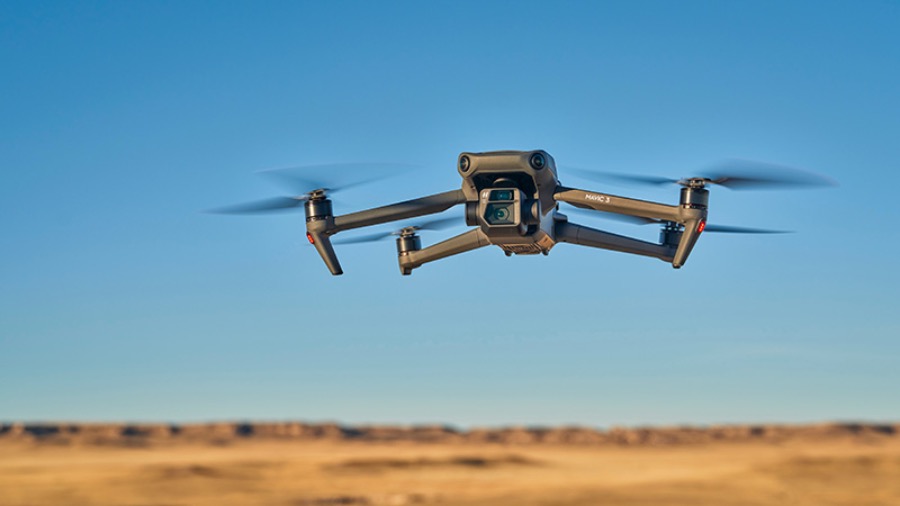
Millions of drones have been deployed around the world for various purposes, such as videography, photography, and transport of small goods to remote locations.
The drone service market is expected to reach $63.6 billion by 2025, with drones already servicing major industries such as construction, security, conservation, and resource extraction operations around the world. So what benefits could drones serve on a mine site?
Surveying and mapping: Drones equipped with high-resolution cameras and LiDAR sensors can be used to survey and map large mining sites, providing accurate and up-to-date information on topography and mineral deposits.
Inspection and monitoring: Drones can inspect hard-to-reach areas of mines, such as tailings dams, for signs of damage or instability, helping to prevent accidents and minimize environmental impacts.
Inventory management: Drones equipped with cameras and sensors can be used to count and track stockpiles of minerals, helping to improve inventory accuracy and reduce waste.
Environmental monitoring: Drones equipped with air quality sensors and cameras can be used to monitor the environmental impact of mining activities and ensure compliance with environmental regulations.
Safety inspections: Drones can be used to inspect high-risk areas of mines, such as overhead conveyors, for signs of wear and tear, helping to ensure a safe working environment for mine workers.
One of the largest mining companies in the world, Rio Tinto has been using drones to inspect its operations in Australia. The company has been using drones equipped with thermal cameras to inspect its mines and improve safety.
BHP has been using drones to survey and map its operations. The company uses drones equipped with high-resolution cameras and LiDAR sensors to produce detailed maps of its mines, helping to improve operational efficiency and reduce waste.
Newcrest Mining, one of Australia’s largest gold mining companies, has been using drones to inspect its operations and ensure compliance with environmental regulations. The company uses drones equipped with air quality sensors and cameras to monitor emissions from its mines and ensure that it is meeting its environmental obligations.
Mines typically use a combination of wireless technologies to gather data from drones, including:
Wi-Fi: Wi-Fi is a commonly used wireless technology for short-range data transfer and is often used to transfer data from drones to ground stations in real-time.
Cellular: Private cellular networks such as 4G LTE and 5G are often used by drones to transfer large amounts of data over long distances. This technology is often used when data needs to be transmitted from remote mining sites to a central location for processing.
The choice of wireless connectivity for data transfer from drones in mines depends on the specific requirements of each mining operation, including range, data transfer rate, and reliability. To make use of the data collected at these remote locations, vehicles equipped with Wi-Fi or Cellular connectivity, and edge computing capability.
TAIT AXIOM Mobiles are compact, connected, and customizable devices designed to create a unified vehicle area network of radio and broadband connectivity, coupled with a customizable on-board edge computing and application platform. It is an expertly engineered mobile radio, fit into a compact chassis.
Utilizing TAIT AXIOM Mobile, your roaming teams can gather data in the field, and put it to use with edge computing and process applications to boost the range of your productivity. Increase worker safety by enabling seamless movement between comms networks with TAIT AXIOM Mobiles.